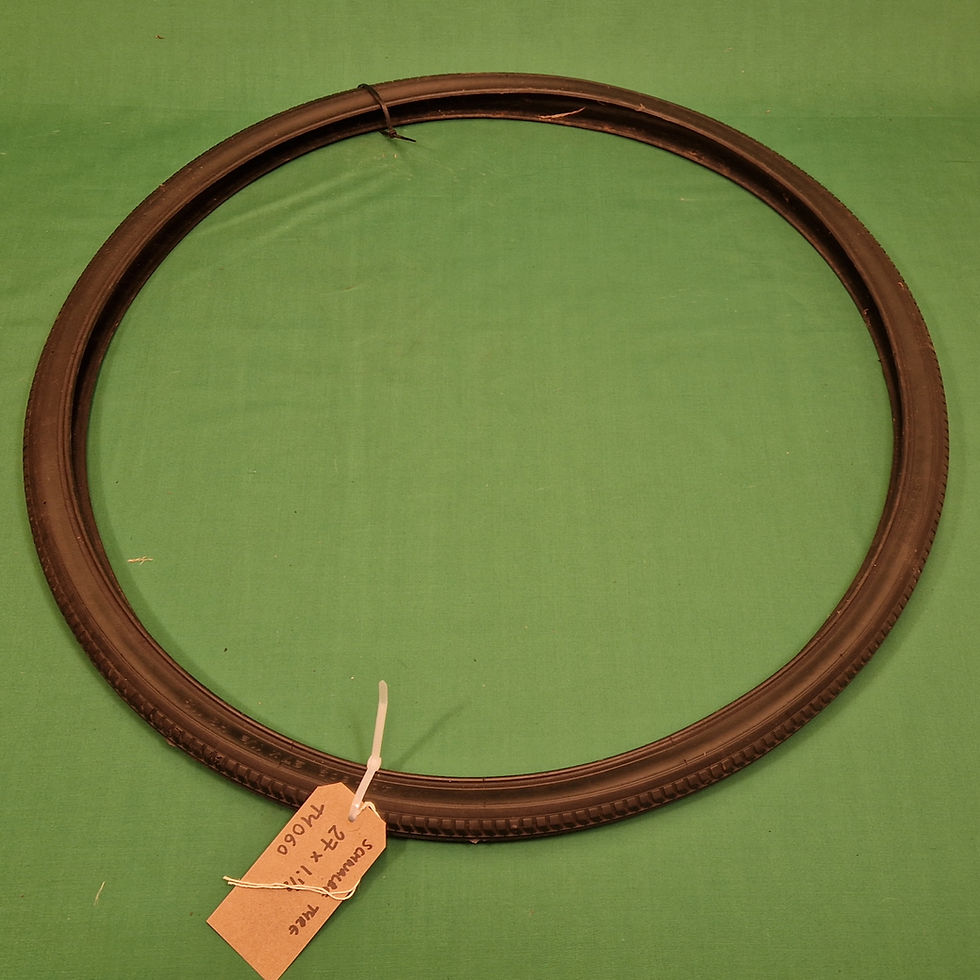How Proper Fit Can Improve Your Ride
- Matt Murphy
- May 19
- 4 min read
Riding a bike can be one of life's great pleasures. Whether you're commuting to work, enjoying scenic trails, or racing down the road, how your bike fits you affects not just your comfort but also your performance. Unfortunately, many cyclists overlook the importance of a proper bike fit, leading to discomfort, inefficiency, and even injury. In this blog post, we will explore the significance of bike fitting and the benefits that come with achieving the perfect fit.
Understanding Bike Fitting
Bike fitting is the process of adjusting a bicycle to fit the rider's specific body measurements. This includes customizing seat height, saddle position, handlebar height, and reach to ensure that your bike is configured for optimal performance and comfort. A properly fitted bike allows you to transfer power more efficiently, maintain better control over your bike, and significantly reduce the risk of injury.
Research shows that a staggering number of cyclists experience discomfort while riding, mostly due to improper bike fit. A study published in the Journal of Science and Cycling found that approximately 80% of cyclists suffer from some form of pain while riding. Common issues include knee pain, lower back pain, and numbness in the hands or feet, all of which can often be alleviated with a proper fit.

How Bike Fitting Enhances Performance
When your bike is properly fitted, it optimizes your riding posture, enabling you to ride longer and stronger. Here's how:
Power Transfer: A correct saddle height is crucial. If your saddle is too high, you may struggle to push down on the pedals. If it’s too low, you might not be able to generate enough power. An optimized saddle height will allow you to transfer power effectively, leading to improved efficiency.
Aerodynamics: For competitive cyclists, aerodynamics makes a considerable difference. A proper bike fit allows you to achieve a streamlined position, reducing drag and improving speed.
Control: Handlebar height and reach adjustments can significantly alter your bike's handling. A fit made specifically for your body can help you maneuver more effectively, providing you greater control on descents and during tight turns.
In one study, cyclists with a proper fit managed to increase their average speed by approximately 15% compared to those who rode on ill-fitted bicycles. This is a testament to how critical proper adjustments can be in enhancing performance.

Is it Worth Getting a Bike Fitting?
The answer is a resounding yes! While it may seem like an unnecessary expense, the benefits of a bike fitting far outweigh the initial costs.
Common Reasons to Consider a Bike Fitting
Pain Troubles: If you're experiencing discomfort during or after rides, a proper fitting can identify the underlying issues.
Inability to Maintain Position: If you constantly feel the need to shift your position while riding, it’s likely a sign that your fit is off.
Performance Goals: Whether you're training for a race or just looking to improve your fitness, a bike fit can help you reach your desired goals faster.
Benefits of bike fitting include improved comfort, reduced pain, enhanced efficiency, and better overall performance. The small investment in your fit could lead to a more enjoyable and productive experience on two wheels.

Finding the Right Fit
Finding a fitting professional who understands your needs is crucial. Many local bike shops and cycling studios offer bike fitting services, often tailored to different riding styles, from road racing to mountain biking.
In-Person Fitting: This interactive process often involves high-tech equipment to analyze your riding position. Experienced fitters will watch you ride and make live adjustments to ensure the perfect fit.
Consultation: Before the fitting, a consultation will help the fitter understand your riding style, any pain points, and cycling goals.
Follow-Up: After your fitting, some professionals offer follow-up consultations to ensure that any adjustments made are still suitable as you adapt to your new riding position.
For those interested in beginning their journey toward a better fit, consider exploring bike fitting services that might be available in your area.
Maintenance of the Fit
A bike fit is not a one-time event. Your body changes over time due to factors like fitness level, age, and even the season. Regularly revisiting your fit can ensure you stay comfortable and efficient on your bicycle.
Reassess Regularly: After significant changes in your fitness level or after a long break from riding, it's wise to reassess your bike fit.
Adjust for New Gear: When purchasing new components, such as a new saddle or handlebars, consider how these changes may affect your fit.
Listen to Your Body: If you start feeling discomfort after a period of riding well, it might be time to revisit your fitting.
By staying attentive and proactive regarding your bike fit, you can ensure that you remain comfortable and productive throughout your cycling journey.
The Final Push to the Perfect Fit
In summary, achieving a proper bike fit is crucial for enhancing your overall riding experience. From preventing discomfort and injuries to improving performance and power transfer, the benefits are too significant to ignore. Investing in a professional bike fitting may seem like a small step, but it can lead to enormous gains on the road or trails.
Embrace the journey toward the perfect fit, and you may find that cycling becomes even more enjoyable and rewarding. With the right adjustments, you can explore more, ride further, and most importantly, feel amazing doing it. So, whether you're a seasoned pro or a casual rider, consider prioritizing a proper bike fit—you won't regret it!




































Comments